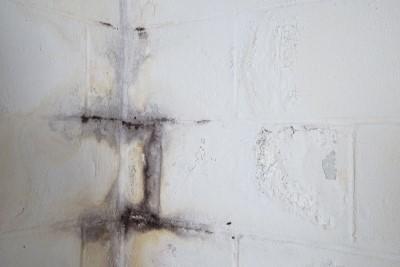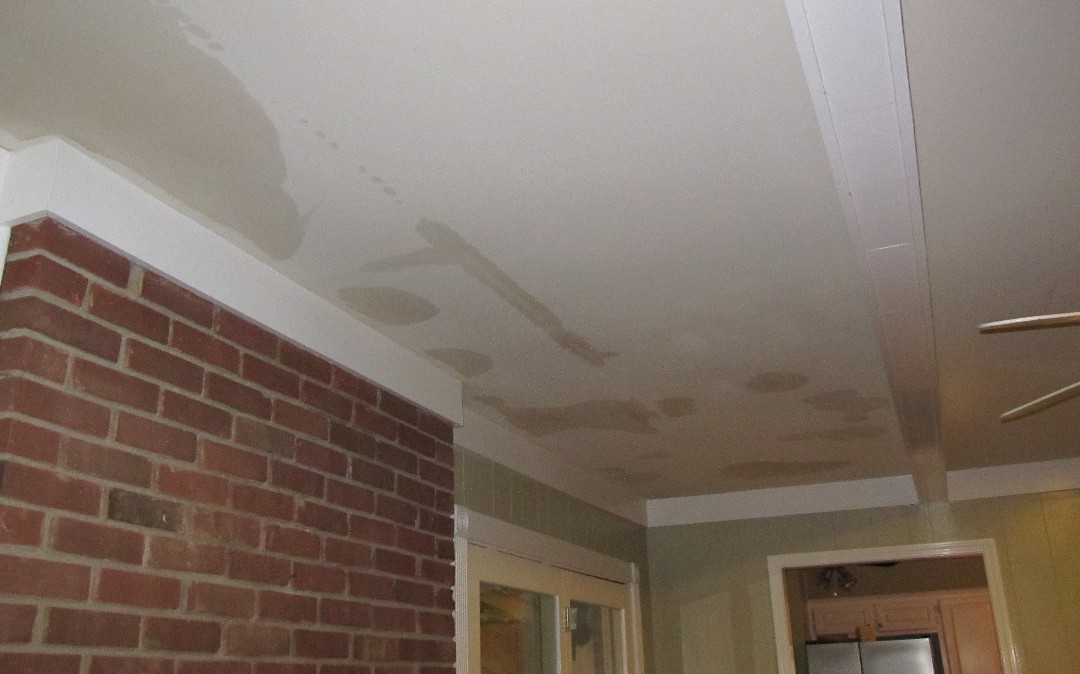Locating Water Stains on Wall Surfaces - Guidelines to Repair Them Adequately
Locating Water Stains on Wall Surfaces - Guidelines to Repair Them Adequately
Blog Article
In this article below you will find more brilliant help and advice concerning Indicators of Water Damage Behind Walls.

Water discolorations on walls are not positive to the eyes. In some cases it appears nearly inescapable to experience water spots on wall surfaces in houses.
Home owners residing in damp areas frequently handle the anxiety of water discolorations on wall surfaces. But that doesn't have to be the case for you. With well-rounded and accurate details on the root causes of water stains and also punctual repair work procedures, you will certainly constantly be a step ahead of such occurrences. So, this article assures to be a handy guide for you.
3 Typical Reasons For Water Discolorations on Walls
In contrast to common belief, water spots on walls do not always originate from poor building products. There are several sources of water stains on walls. These include:
Poor Drain
When making a structure plan, it is vital to ensure adequate drainage. This will certainly prevent water from leaking right into the walls. Where the water drainage system is blocked or nonexistent, below ground wetness develops. This links to excessive moisture that you discover on the walls of your building.
So, the leading root cause of damp wall surfaces, in this instance, can be an inadequate drainage system. It can also be due to bad administration of sewer pipelines that go through the structure.
Moist
When hot wet air meets completely dry chilly air, it causes water beads to base on the walls of buildings. When there is heavy steam from cooking or showers, this occurs in cooking areas and washrooms. The water beads can stain the surrounding walls in these parts of your home as well as infect other locations.
Wet or condensation impacts the roof covering and walls of structures. When the wall is damp, it creates an ideal environment for the development of microbes and fungis.
Pipeline Leaks
Most houses have a network of water pipes within the walls. It constantly increases the viability of such pipes, as there is little oxygen within the wall surfaces.
A disadvantage to this is that water leakage impacts the walls of the structure as well as causes extensive damage. A dead giveaway of damaged pipes is the look of a water discolor on the wall.
Water Stains on Wall: Repair Tips
When dealing with water stains, house owners would generally want a fast fix. Yet, they would certainly quickly realize this is disadvantageous as the water spots persist. Below are a few useful suggestions that will direct you in the repair service of water stains on walls:
Pro Pointer
A houseplant in your home likewise increases its moisture. So, if your house is already humid, you may intend to introduce houseplants with very little transpiration. An instance of ideal houseplants is succulents.
Final thought
No one wants to have water spots on walls in their house, it can happen to the finest of us. This post offers you utilize, as you now understand exactly how to handle this problem if it does occur.
It is constantly best to recruit expert solutions to help take care of the problems in your home.
Often it seems practically inescapable to experience water spots on walls in houses.
In contrast to prominent belief, water spots on walls do not always stem from inadequate building products. There are several causes of water discolorations on wall surfaces. The water beads can stain the bordering wall surfaces in these parts of your house as well as spread to other areas.
Here are a couple of useful suggestions that will lead you in the repair service of water spots on wall surfaces:
CHECKING FOR WATER DAMAGE
Water damage can be costly, and it may begin before you even notice the first signs of trouble. Water damage can cause mold and mildew in your walls and floors, which can create an abundance of health concerns for your family. It can also lead to costly repairs of various appliances and general home fixtures. To avoid the pricey consequences of water damage, here are Warner Service’s top 5 places you should check:
The walls – The easiest place to spot the beginnings of water damage is on the walls and ceilings of your home. If water damage is present, there will most likely be water stains, especially around the windows and doorframes, and/or cracks in the drywall. If a stain looks unusual (discolored to brown, black or gray, raised texture), has a swollen appearance or is soft to the touch, contact a professional immediately. The pipes – To avoid water damage, consistently check the pipes in your kitchen (especially the dishwasher and ice maker), bathrooms, laundry room (specifically washing machines) and basement for corrosion, leaks and water stains. Pay special attention to where the pipes connect in your home and the location of caulking around the bathroom fixtures, including toilets, sinks, showers and tubs. Missing or loose caulking and grout could be signs of leaking water. This seepage can also quickly cause mold and rust, so double check your water heater and tank for wet spots on the floor. The floor – Water damage is very easy to spot on the floor. Look for any warping or buckling of the material, especially in the basement. If your home has wood flooring, look for bright white or dark stains. If your home has carpeting, keep it dry and clean. A damp carpet that smells of mold could cause water damage and health problems. To avoid this, consider installing floor pans under your appliances to help prevent damages from small, slow and undetected leaks. The basement and attic – If your basement or attic smells odd check for mold and mildew around the area, especially the valley where the roof meets. While you are inspecting those areas, check for wall cracks, floor stains, rust and dampness in the insulation. If you live in a colder and/or rainier climate, perform routine checks for water damage from melting snow or ice and rain. The exterior – Check the roof for damaged flashing and missing, cracked or curled shingles. There should also be no standing water anywhere outside your home. This could be caused by puddles, leaky rain gutters or hoses, poor drainage, or short gutter spouts. Invest in a sump pump system or water flow monitoring system, and perform routine maintenance on these outdoor appliances to avoid indoor water damage.

We were shown that report on How to Remove Water Stains from Walls and Ceilings through a good friend on a different web property. Sharing is caring. Helping people is fun. Thanks for your time. Don't forget to stop by our site back soon.
Hot water issues? Connect now. Report this page